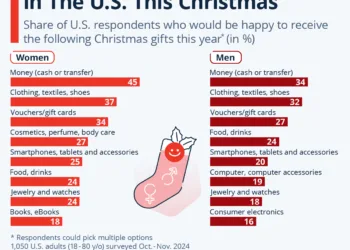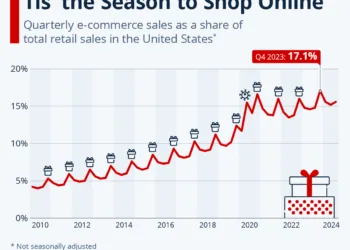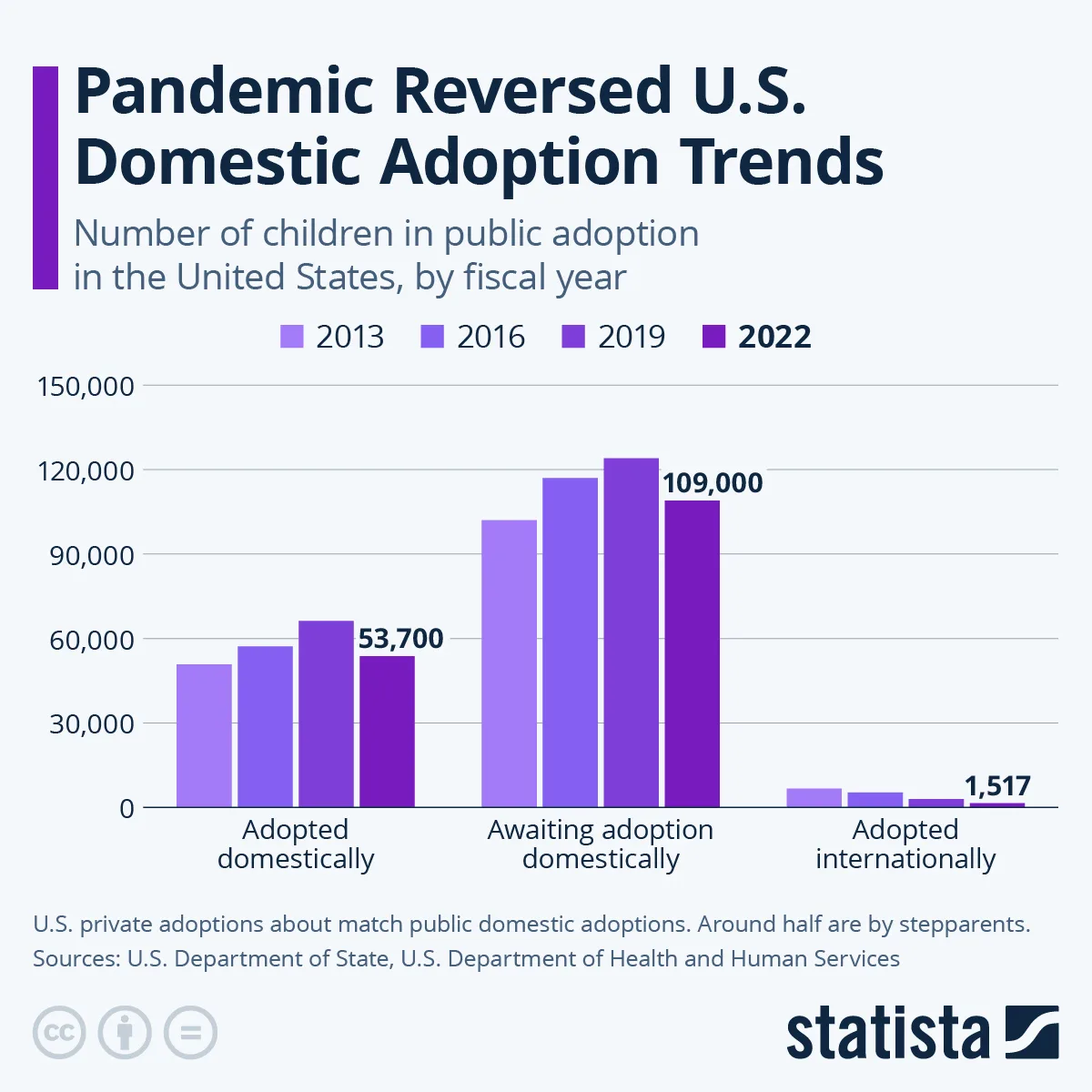Americans are on the verge of electing their next president in a race that is, quite literally, too close to call. From a marketing standpoint, you could think of Republican Donald Trump and Democrat Kamala Harris each owning a 45% share of the voter base, while the remaining 10% consists of undecided voters and those who are not inclined to cast their ballots.
In my political marketing course at the University of Windsor, we’re employing a marketing perspective to analyze the different elements that might sway the election outcome on November 5. During a recent road trip through the critical battleground state of Pennsylvania, I gained valuable insights into the strengths of both the Democratic and Republican brands.
I’m perceiving these political parties as established brands with loyal followings. However, their present success is shaped by the ongoing electoral campaign.
Regarding the Democratic Party, voters are not exactly buying into the party itself, but rather its current presidential nominee, Harris, who is either enhancing or detracting from the party’s appeal. The same logic applies to Trump’s Republican Party.
From a marketing viewpoint, we can closely observe promotional strategies that include traditional and social media, debates, interviews, and rallies. We also track their fundraising activities, essentially their promotional budgets. The impact of these initiatives will be visible on November 5.
Forecasting Results
This marks the third time I’ve taught a political marketing course in the context of a U.S. presidential election. My students analyze the core brands of the parties as well as the influence of candidates, debates, media exposure, and Political Action Committees. Notably, students will predict the election results the day before the election.
The presidency is not determined by the national popular vote but is a competitive state-by-state battle, with each state allotted a certain number of votes in the Electoral College. A total of 538 Electoral College votes are available, so a candidate needs 270 to win.
Most states have predictable voting trends. California will almost certainly go Democratic (with 54 votes), while Texas is likely to remain Republican (with 40 votes). Therefore, the election hinges on seven swing states: Nevada, Arizona, Georgia, North Carolina, Wisconsin, Michigan, and Pennsylvania.
Read more:
North Carolina is not truly red or blue − making political predictions significantly more challenging
Currently, the Democrats have 226 safe Electoral College votes, providing them with 20 potential pathways to 270 — 19 of which require a win in Pennsylvania. Meanwhile, the Republicans have 219 safe Electoral College votes and also have 21 routes to 270 — 19 of which rely on securing Pennsylvania. This is why I chose to drive through Pennsylvania to engage with voters.
(AP Photo/Jacquelyn Martin)
Insights from Pennsylvania
I visited Pennsylvania from September 30 to October 4, right after Hurricane Helene struck the southeastern U.S., coinciding with a vice-presidential debate in New York, a Longshoremen strike, and Hurricane Milton approaching Florida.
I started in Erie, a pivotal county known for mirroring the overall voting trends of Pennsylvania—making it a strong indicator of statewide outcomes. My journey took me to a suburb of Pittsburgh and then to the borough of State College, home of Penn State University. I frequently deviated from the highway to visit smaller towns, observe signage, try local cuisine, and ask questions.
Each conversation began with a straightforward introduction:
“I’m a marketing professor from Canada conducting a study on the U.S. presidential election. Could you share your thoughts on how Pennsylvania will vote? I don’t need to know your individual vote.”
The university students I engaged with were mostly juniors and seniors. Aside from them, the other individuals I spoke to were primarily working class, a blend of blue-collar and white-collar workers, ages 35 and older. Everyone I conversed with reported their participation in the 2022 midterm elections and expressed their intention to vote this year.
While interviewing attendees at a car show in Erie, I found a balanced split between vintage car enthusiasts and young men with modern vehicles. They all acknowledged Pennsylvania’s division, but noted the differing atmospheres between the parties.
Both groups suggested that Democratic voters displayed brand loyalty or a desire to distance themselves from Trump. Interestingly, both demographics, including Democratic supporters, pointed out that Trump backers seemed fixated solely on him as the current Republican brand.

(AP Photo/Matt Freed)
Key Economic Concerns
Many respondents indicated that the economy would be the primary issue influencing undecided voters, with inflation being a significant concern as well.
When asked who he thought would win in Erie County, one Democratic voter simply stated, “Democrats.” When asked why, he responded, “I’m just hoping.”
Conversely, during a visit to a diner in Erie, a woman expressed her support for Harris based on reproductive rights, while the others leaned toward Trump due to his economic policies, views on border security, foreign wars, and crime rates.
One diner patron had attended a recent Trump rally in Erie and described it as exhilarating, comparing it to a rock concert, enjoying the familiar rhetoric he’d heard before. “It was like seeing your favorite band perform their greatest hits,” he said.
From my discussions in Erie, it was clear that while Democrats were often brand-loyal or motivated by a desire to prevent Trump from returning, Republicans spoke of their allegiance to Trump specifically, without referencing past leaders or voting behavior.

(AP Photo/Rebecca Droke)
Pittsburgh Experience
Pittsburgh wasn’t as fruitful. I inadvertently picked the wrong nearby town. While I engaged with numerous voters in Erie, I was able to find only two individuals willing to talk in Smithton.
State College was a completely different experience. My hotel was not far from Penn State University, and there was a restaurant/sports bar on the property.
I entered at 4 p.m., and the bartender inquired about my purpose for being in town. A patron nearby offered to answer questions, followed by another volunteer. I ended up spending seven hours there, with people eager to share their perspectives.
I spoke with individuals across the political spectrum. Among the 40-plus people I interviewed, one couple represented the prevailing sentiment in the state. She identified as a Republican, and he as a Democrat. He remarked, “There’s just too much happening — inflation, hurricanes, the strike by dockworkers, steel and fracking issues, and illegal immigration. It’s overwhelming.”
He shrugged, looking disheartened, while she smiled, looking forward to Election Day.

(AP Photo/Nathan Howard)
Conclusions from Engaging with Voters
If the election were held today, my assessment is that Republicans would likely take Pennsylvania based on my discussions with voters. However, this situation could shift with any significant changes in pivotal issues, such as positive economic developments or emerging stories that might impact the race.
This road trip illuminated the complexities of voter decision-making, underlining the significance of brand loyalty and enthusiasm. A notable share of voters expressed a desire for different leaders from both parties, which could influence turnout.
Moreover, it brought to light the differences between traditional consumer choices and voter decisions. If I prefer Walmart over Amazon on Black Friday, my neighbor’s choice won’t affect my decision.
However, in the realm of politics, my neighbor’s vote has the potential to shape my life for the next four years.











